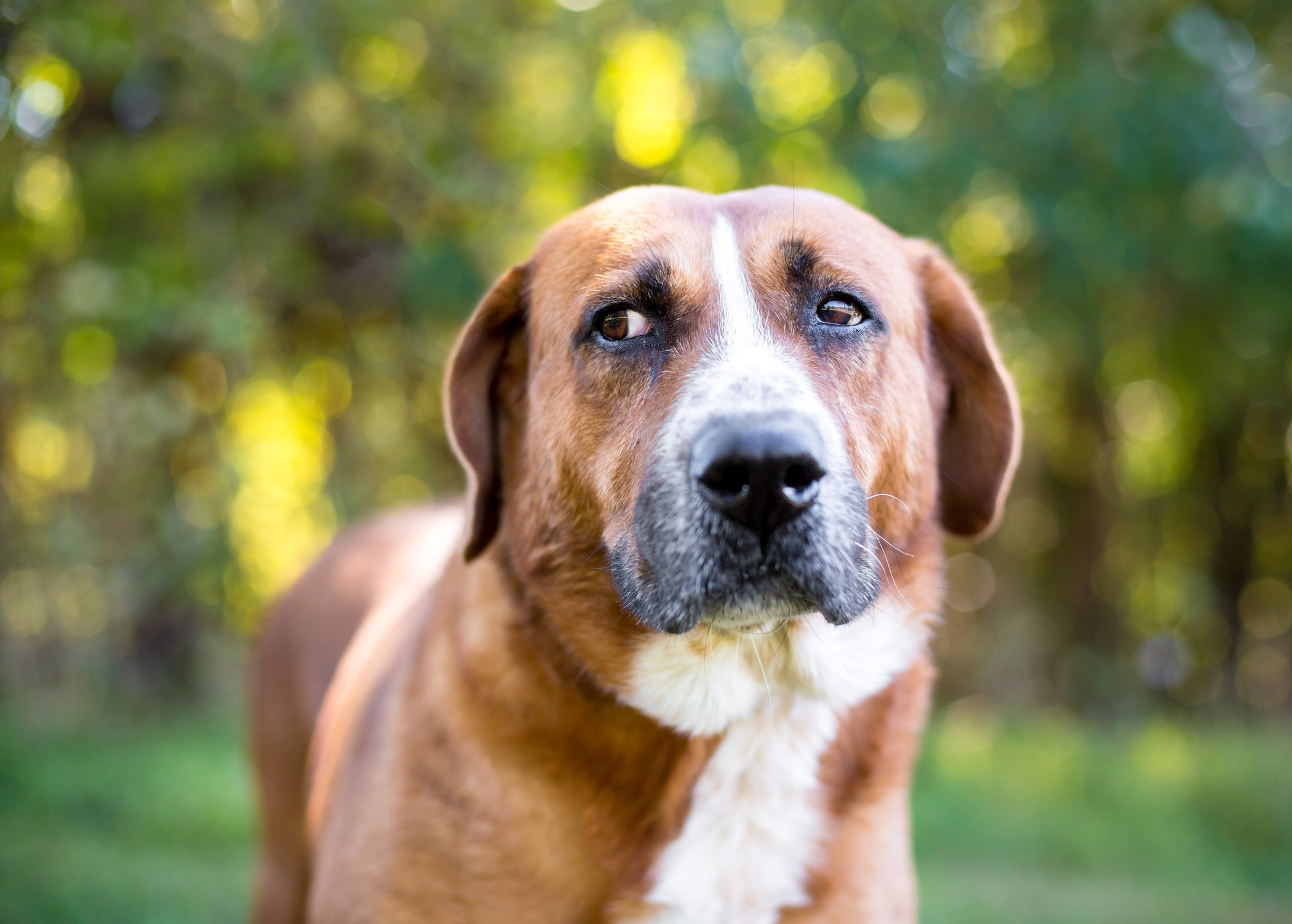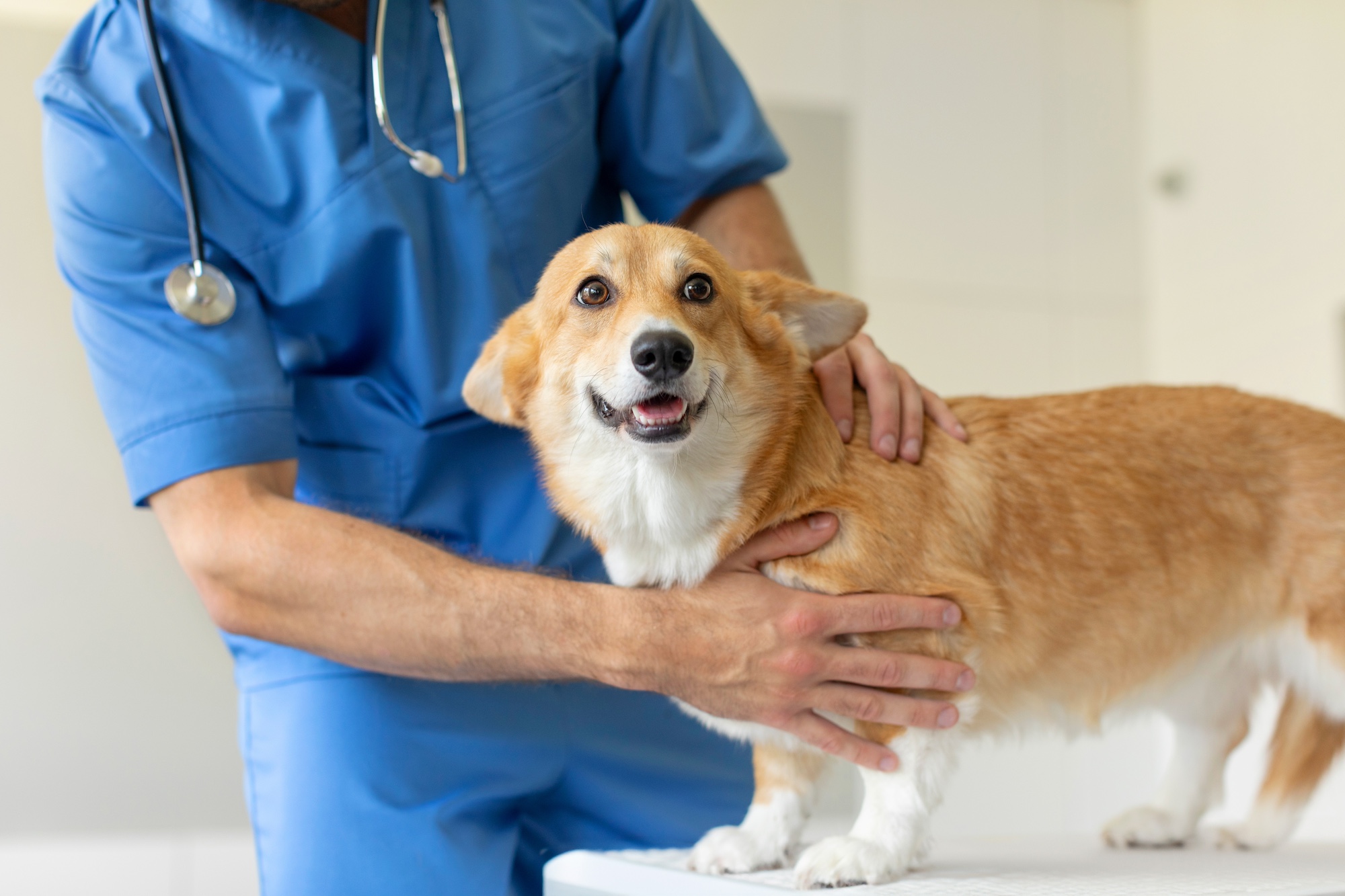Dr. Zazie Todd, a psychologist and certified dog trainer, has spent much of her career thinking and writing about how to care for dogs, teach them, and keep them happy. Her newest book is Bark! The Science of Helping Your Anxious, Fearful, or Reactive Dog. We’ve tackled this topic ourselves, and were thrilled when Dr. Todd took some time to talk to us about it. During our conversation, which has been edited for length and clarity, she discussed her own dog, Pepper, acclimating to his new home after being adopted at ten years old; the difference between being bad and feeling bad; and how dog people can give their dogs more confidence to move through the world happily.
Bark! The Science of Helping Your Anxious, Fearful, or Reactive Dog is available now.
 Digest: You adopted Pepper when he was 10 years old, and he was quiet when he first came to live with you. Then, he barked at your TV during a news segment about the shelter he’d been adopted from. What did that tell you about him?
Digest: You adopted Pepper when he was 10 years old, and he was quiet when he first came to live with you. Then, he barked at your TV during a news segment about the shelter he’d been adopted from. What did that tell you about him?
Zazie Todd: It showed me that he had been keeping something in. I’m sure he recognized people’s voices. Maybe he recognized their faces. And it felt really special that this was the moment when he barked. And it was the funniest sound. It wasn’t a proper bark. It was like he was trying to keep it quiet, but he couldn’t help it from coming out. I think that was the moment when he really felt at home with us enough to show how he felt. And after that, he started barking at all kinds of things. It took him a long time to settle in, even though he was not an especially fearful dog. But it was a big change for him to come to us, so it does take some time for dogs to settle into a new home.
You mentioned some feelings that Pepper might have been experiencing. Is considering a dog’s inner life like this a good starting point in helping them through fear or anxiety?
It can be. Of course, we can’t say for sure what’s going on in a dog’s mind. But I think everybody always likes to think about where dogs come from and what they know. We were lucky with Pepper, but there are things in his life that we don’t know—and often that does leave us speculating as to what happened, or how he came to be this way. It helps to realize dogs do have rich inner lives—much more than we used to think. This also comes from the work of Dr. Marc Bekoff. He’s taught us so much about the emotional lives of animals, and how much they do have going on. It helps us to be more empathetic about how it might feel for the dog, and be more sympathetic, supportive, and encouraging instead of thinking that they’re “being stupid” or misbehaving.

You write that if a dog is, say, growling and showing their teeth, they are not being bad—they are feeling bad. How can that understanding help people in their training?
I think when people understand that the dog is feeling bad, it helps to get them on the dog’s side. People can feel upset that the dog is not doing what they’re telling them. But I think if they understand that actually the dog is feeling bad, it helps them know what they can do about it—because they can help the dog to feel better, and that’s what you need to do in order for those behaviors to stop.
You also say that, contrary to what some people may have been told about potentially reinforcing a fearful dog’s emotions by comforting them, it is helpful to comfort your dog when they’re feeling afraid.
We can go further and say that you’re not reinforcing the fear, because you can’t reinforce it; it’s not a behavior. Because dogs have an attachment relationship with their guardians, your job as a guardian is to comfort them. It’s important for that bond between the dog and you that you show that you are aware, and you do comfort them when they need to be comforted. To give an example, some of the research about dogs at the vet showed that the person’s presence—petting the dog or talking to the dog—can make the dog feel more comfortable at the vet’s office.

What else can people do to make vet visits easier for their dog?
The most obvious thing is to start when they’re a puppy, and to take them for nice, fun, happy visits where they get lots of treats and pets and affection.
Another thing you can do is train them to be handled, because some dogs don’t like to be handled—and that makes things difficult at the vet. That’s something you can do yourself using positive reinforcement if you’ve got the kind of dog it’s safe to do that with. If you’ve got the kind of dog who really hates to be handled, it’s a good idea to get a positive-reinforcement dog trainer on board to work on it with you, so that there’s no risk of going too fast and getting bitten. [It also helps to] find a good vet to go to. That can be one who is Fear Free, or one who has done a certificate in low-stress handling or something similar, and is going to stick to methods that will make your dog feel emotionally safe and comfortable.
What are “contingency relationships,” and why are they important in counterconditioning—the process of teaching a dog that something they find scary predicts good things for them?
The thing that the dog considers to be scary should be followed by some really great treats. So if they see the scary thing, then they get these lovely treats to help teach them that, actually, the scary thing is not scary—it predicts all this wonderful stuff happening. The timing of that matters because, otherwise, you might be teaching the dog that this wonderful food predicts the scary thing, and that’s not what you want.
It’s something that happens especially with reactive dogs. People are walking a reactive dog, and they see another dog coming. If you reach for your treats before the dog themselves sees the other dog, sometimes they’ll see the treat and start looking around like, “Where’s the scary dog?” They’re looking for it.
 You wrote about your coffee machine predicting treats for Pepper, and how he started out afraid of it—but now, he goes running to get his treat when the coffee machine starts grinding beans.
You wrote about your coffee machine predicting treats for Pepper, and how he started out afraid of it—but now, he goes running to get his treat when the coffee machine starts grinding beans.
Exactly. You want them to see or hear the thing that they think is scary and think, “That’s wonderful, now I’m going to get a really nice treat for it.” So he does—he comes running from wherever he happens to be whenever he hears the coffee grinder. He’s straight there in the kitchen to get his treat.
Can giving dogs choices help them feel less afraid?
Choice is really important, because it helps dogs to feel more in control. It’s good for their mental health. There are so many times when we can’t give them a choice—we decide a lot of things for our dogs, and some of those are for good reasons, like safety. But we can give the dog a choice of whether or not to be petted. We can pet them for a bit, and then we can pause and do what’s called a “consent test” and wait to see what happens next. And if they lean into us and clearly want more petting, we pet them more. But if they don’t, they can walk off if they want to, and that’s fine.
Another choice we can give them is whether or not to take part in a training session. We are going to use good treats to try to motivate them to take part, but maybe sometimes they need a short break. They’re training outside, they want to wander off and sniff something. That’s absolutely fine. And then giving them choices of toys to play with, or what activities they feel like doing. Or sometimes on a walk, letting them decide which way to go—so long as it’s safe—and following them. It will help them to be less stressed if they have choices in their lives.
If someone brings home a puppy, what can they do to give them the best chance at being happy and not worrying so much?
You’ve got this wonderful window of opportunity called the sensitive period of socialization between three and about 12 to 14 weeks—and you want to give your puppy a wide range of positive experiences during that time. So give them choices, and pay attention to their body language. If they seem to be getting a bit stressed, be prepared to swoop in and help, and play with them or give treats to turn it into a positive experience. Don’t do things like pass the puppy to another person. Give the puppy a choice all the time, because choice will help them do what makes them feel okay in their circumstances. And a good puppy class is a really great way to get lots of socialization. A good puppy class would be one that includes carefully supervised play sessions with other puppies, in which someone is paying attention to make sure none of the puppies get bullied. But that will help them learn doggy social skills and to be good around other dogs as they get older.

What if you bring home an adult dog, and you’re not in that socialization window? What can you do to help them acclimate to their new routine and the stimuli they’ll encounter?
Have everything set up for them. Make sure you have a nice dog bed and so on, and lots of treats for them. Be aware that even if this is not a fearful dog, this is still a big change in the dog’s life—so it’s going to take them a while to learn that this is their home, and to realize that they like you, and that you’re a nice person, and that this is a place where they can feel safe.
Don’t invite all of your family and friends around to meet them in the beginning. Try and keep things how they will be normally, but on the easier end of that. And have a routine where the walks and mealtimes happen at the same time everyday—so your dog knows when to expect them. And also be aware that first times are the most important ones. So try to make sure that things go well, and make things be positive experiences at the beginning. And give them some time to settle in, because it can take some time for a dog to feel at home—as with Pepper barking at the telly. That was a long time already living with us when that happened, and you would have thought he was settled in a long time beforehand—except that showed that he wasn’t fully settled in, because he didn’t feel comfortable enough to bark. It takes longer than you think. Give them that time.









